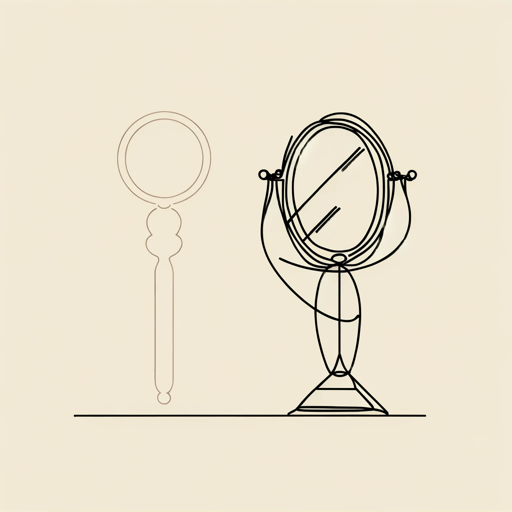30 pages • 1 hour read
Virginia WoolfThe Lady in the Looking Glass
Fiction | Short Story | Adult | Published in 1960A modern alternative to SparkNotes and CliffsNotes, SuperSummary offers high-quality Study Guides with detailed chapter summaries and analysis of major themes, characters, and more.
Story Analysis
Analysis: “The Lady in the Looking Glass”
“The Lady in the Looking Glass” uses the conceit of a looking glass to explore what can be seen, known, and imagined about a person or character, as well as the nature of writing—and social interaction—in that it seeks to achieve this. It extends the conventional metaphor of a mirror as a means to see the self into an investigation of writing’s ability to create a “self,” whether narrator or subject. The story opens directly with a surprising warning—ostensibly tongue-in-cheek—against leaving looking glasses hanging in one’s home, comparing it directly to that of leaving open checkbooks or confessions of a crime. The warning highlights the conceit, as it relies on the idea that a looking glass somehow allows the narrator access into the private life of the subject, supporting the theme of Femininity: Propriety and Aging. The narrator begins with what can be “seen” in the looking glass, describing every visible detail of the scene within the drawing room and the garden beyond. Implicitly, the inclusion of vivid imagery and details captured in the image of the looking glass is juxtaposed with the surrounding things that are outside of it, such as Isabella as she ventures down the path and the sealed
Related Titles
By Virginia Woolf

A Haunted House
Virginia Woolf

A Haunted House and Other Short Stories
Virginia Woolf

A Room of One's Own
Virginia Woolf

Between The Acts
Virginia Woolf
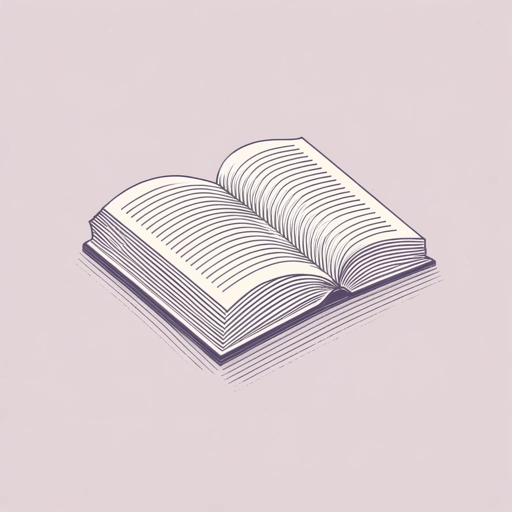
How Should One Read a Book?
Virginia Woolf

Jacob's Room
Virginia Woolf

Kew Gardens
Virginia Woolf

Modern Fiction
Virginia Woolf

Moments of Being
Virginia Woolf
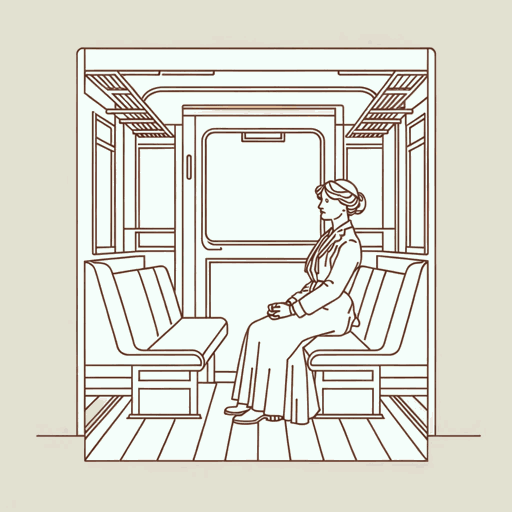
Mr. Bennett and Mrs. Brown
Virginia Woolf

Mrs. Dalloway
Virginia Woolf
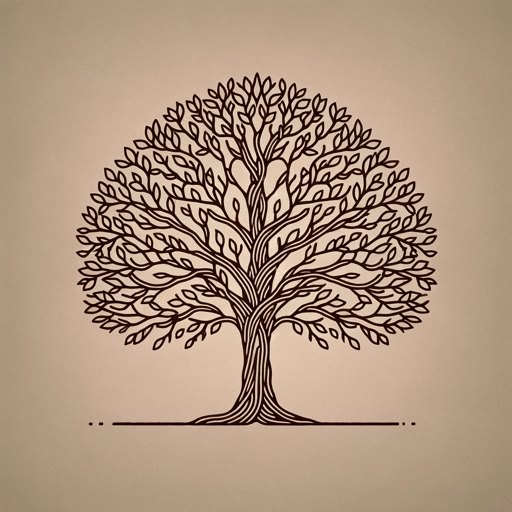
Orlando
Virginia Woolf
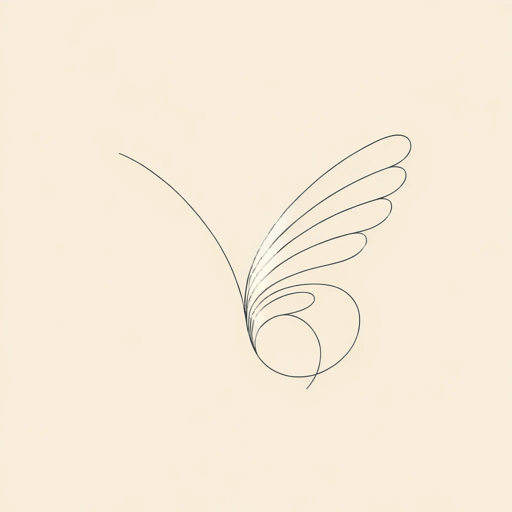
The Death of the Moth
Virginia Woolf

The Duchess and the Jeweller
Virginia Woolf
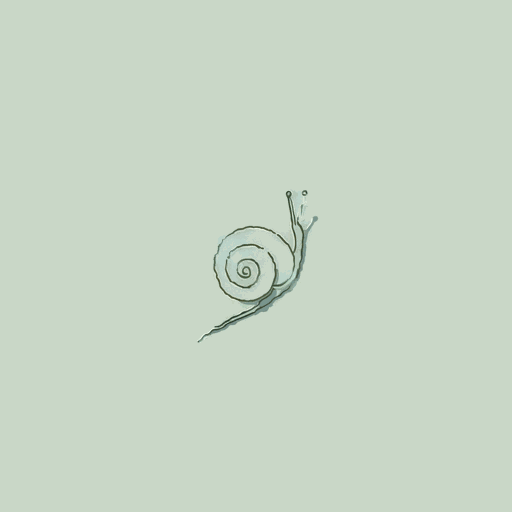
The Mark on the Wall
Virginia Woolf
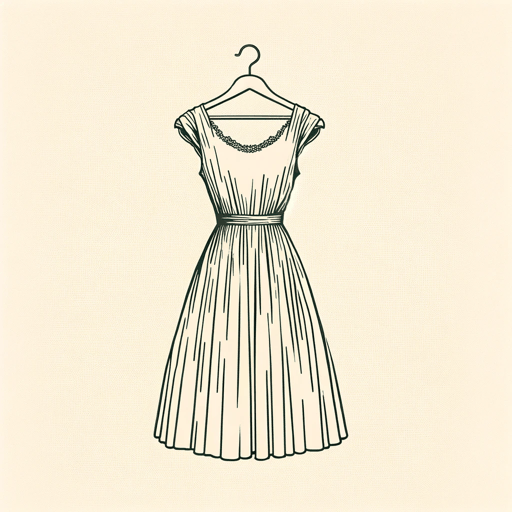
The New Dress
Virginia Woolf

The Voyage Out
Virginia Woolf
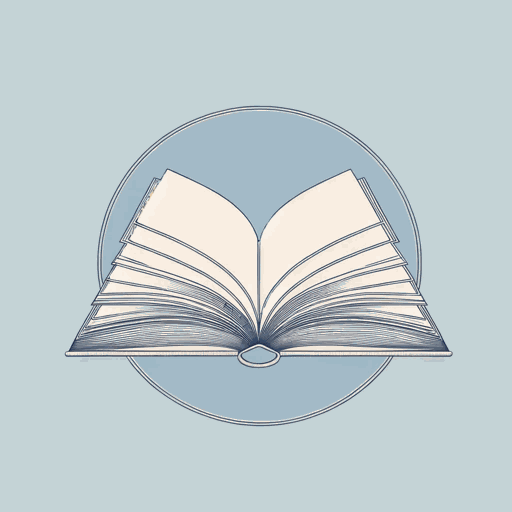
The Waves
Virginia Woolf
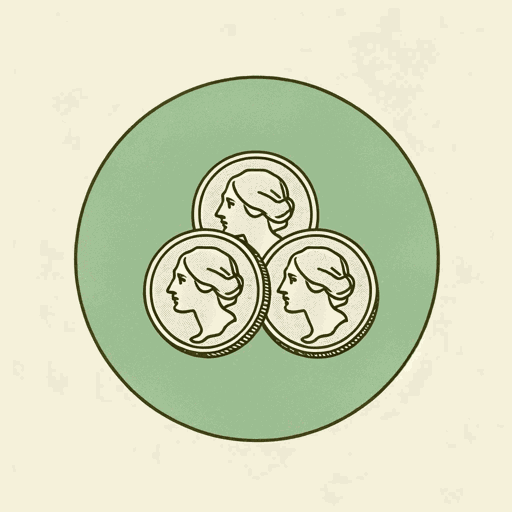
Three Guineas
Virginia Woolf

To the Lighthouse
Virginia Woolf
